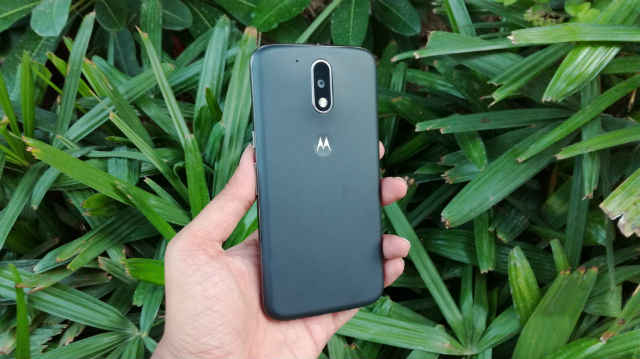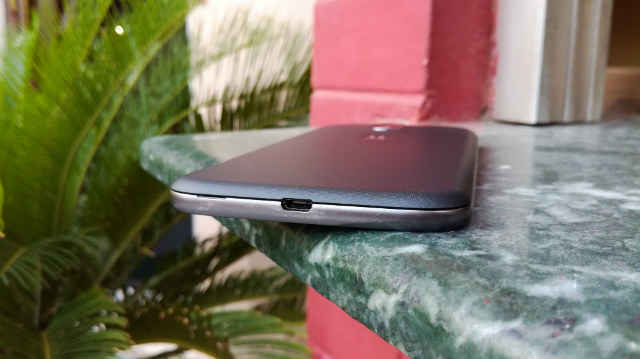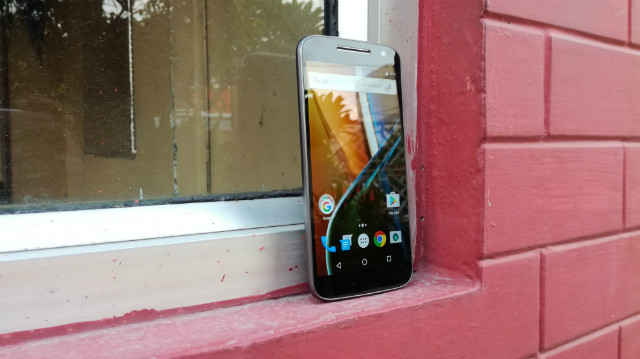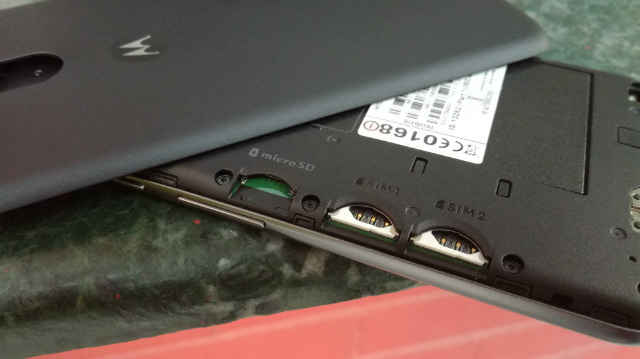Moto G4 Review : Eclipsed by better compatriots
The Moto G4 is a decent smartphone, offering one of the best smartphone photography in the budget segment, along with good battery life. Unfortunately, it does not offer the all-round performance balance that the likes of LeEco Le 2, Xiaomi Redmi Note 3 and Lenovo ZUK Z1 do. It is a good smartphone, only not the best.
India, in particular, is one of the biggest markets for smartphones priced within Rs. 15,000. Of late, the likes of LeEco Le 2 and Xiaomi Redmi Note 3 brought class-leading performance, sublime build, design, and have excelled in delivering more than what budget devices ever did. In such markets, excelling in only one aspect does not manage to ensure a smartphone’s success. The Moto G4 Plus, which we reviewed recently, happens to be one such incident. While it tops the ranks among budget smartphones priced under Rs. 15,000 in terms of camera, it misses out on a number of other aspects.
The Moto G4, its smaller sibling, is powered by the same Qualcomm Snapdragon 617 SoC, along with 2GB of RAM, 16GB of storage, 3000mAh battery cell and a 5.5-inch Full HD IPS LCD display. The notable points of differences are their slimness, the lack of a fingerprint sensor here, and a 13-megapixel camera sensor instead of a 16-megapixel one, on the rear. At Rs. 12,499, does it have enough steam to make for a good budget smartphone? Let’s find out.
Camera
The 13-megapixel primary camera is aided by a dual-LED flash module and an f/2.0 lens. Moto has added a few customisations to the Camera app, which accommodates manual shooting modes alongside the standard Auto mode. The Moto G4 does well to retain detail in photographs, and subjects look very sharp. The colours retain their originality to source, although the biggest drawback ends up in the low saturation levels. The Moto G4 also ends up tuning the white balance on the cooler side, leading to a lack of warmth in photographs. The level of details in the photographs is truly appreciable, although the cool tint does become a deterrent.
You can, though, negate it by using the Professional mode and adjusting the white balance by yourself. You can also shoot in Auto and post-process to adjust the overall white balance of photographs. In low light situations, the Moto G4 fares reasonably well, managing to keep the lighting of the frame ample, while retaining decent levels of detail. Pixel noise creeps in here, but the Moto G4 does not attempt to aggressively remove noise. This, despite the occasional extremely-grainy photograph, fares well, as subjects remain sharp even in low light.
Unfortunately, though, the Moto G4 struggles to focus fast in low light. It is quite fast in daylight or around ample artificial light source, and the overall shutter response and duration of saving a photograph is smooth and zippy. The only issue rises in low light conditions, where it struggles to focus.
Despite that, though, the Moto G4 is one of the most balanced smartphone cameras within budget. The Moto G4 Plus fares best here, followed by the LeEco Le 2. I would personally rate the Moto G4 above Huawei’s Honor 5C in terms of camera performance, with the excellent levels of detail and sharpness coming to play here.
Performance
With 2GB of RAM on board, coupled to a Qualcomm Snapdragon 617 SoC, the Moto G4 fares smoothly and consistently. The extra gigabyte of RAM on the Moto G4 Plus would certainly have helped here, although you would seldom find the Moto G4 really struggling. Regular apps like WhatsApp, Facebook, YouTube and the likes work like a breeze, and even switching between the apps do not lead to any noticeable stutters.
As a pleasant surprise, even with just 2GB of RAM and the Adreno 405 GPU housed inside, the Moto G4 seems well optimised for heavy usage. Playing games like Asphalt 8 do lead to a few noticeable stutters and menus taking slightly longer to open, but the overall resource management of the SoC keeps things flowing at a smooth, steady pace. I rarely faced glitches while gaming, and the device performs smoother than the Honor 5C despite scoring lower in benchmarks (which, yet again, is proof of benchmarks not being the absolute truth.) In real life, though, there are bare noticeable differences between the two, and the Moto G4 is smooth enough to run all your everyday apps, play games, stream music, edit photographs, and in short, do almost everything that you need it to. There are stutters when you load more than two heavy applications, or when you are trying to be on a call with Bluetooth headphones paired and typing on emails simultaneously. With about 20 minutes of gaming, the temperature of the Moto G4 rises to about 39 degree Celsius, although it cools down really fast. The textured rubber rear does well in shielding the heat from your palms, although heat dissipation may be a slight issue here.
Call and network retention is reasonably good, with no irregularity really observed over the last one week. The Moto G4’s integrated speakers are amply loud, although the smartphone does not feature any notable audio enhancement.
Battery Life
Here, too, the Moto G4 manages to efficiently tackle power consumption and draw the most out of its 3000mAh battery pack. With about 30 emails, lots of social media browsing, net surfing, messaging, one hour of video and audio streaming, and 30 minutes of gaming, along with being connected to WiFi networks and Bluetooth devices, sees the device easily last for over 12 hours. You will only be needed to charge it before you fall asleep at the end of the day, just so that you do not wake up with your phone beeping the dreaded low battery alert. There is significantly little idle discharge of battery, and the Moto G4 takes a little under one hour to fully charge. The smartphone lasted for nearly nine hours in our Geekbench 3 battery benchmarking test, which is fairly commendable.
Build and Display
The Moto G4 feels rather broad for a 5.5-inch smartphone of today, although it feels surprisingly light too, at the same time. At 9.8mm, it is not the slimmest, although the broadness of the device leads to good weight distribution, because of which it feels light in hand. The quality of rubber used on the rear panel seems commendable, and the texture adds to the overall grip of the device. The back panel is removable, under which lies the two SIM slots and a dedicated microSD expansion slot that allows memory expansion of up to 128GB. The power button and volume rocker to the right offer decent feedback and are placed well.
The 5.5-inch Full HD display offers well-balanced colours and optimum saturation level, although it could have been brighter. It still feels fine when you are indoors, but text becomes slightly difficult to read under direct sunlight. It is protected by Corning Gorilla Glass 3, although the reflective nature of the screen added to its affinity for fingerprints can be a problem in maintaining it cleanly. Touch response is quite fluid, and the near-stock Android Marshmallow is something that you will not find everywhere.
For more details on the display, check our Moto G4 Plus review.
Bottomline
The Moto G4 is a very decent smartphone, offering good battery life and a decent camera. That said, there are noticeable stutters in its performance, and it simply does not feel as if it is offering you something premium for your money. At Rs. 12,499, the Moto G4 is a decent smartphone, but simply not among the best.










